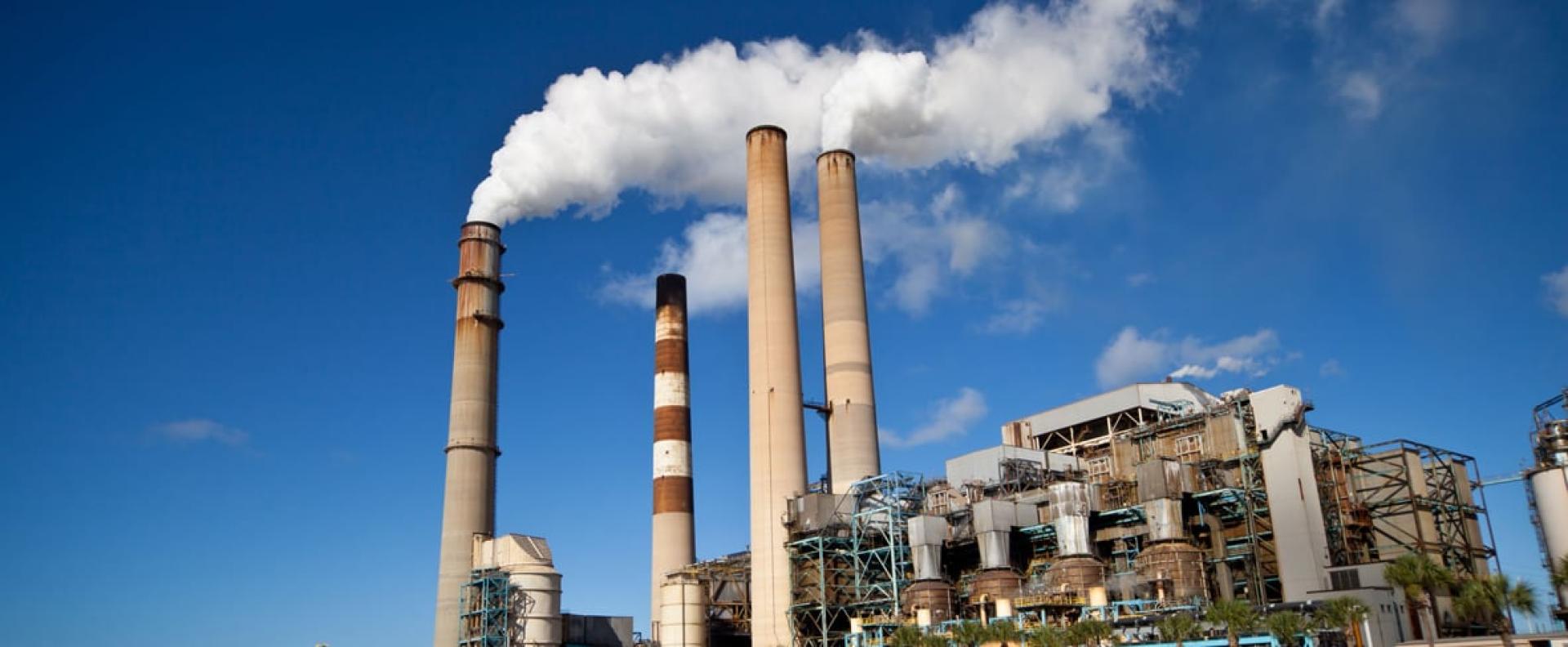A joint study by the University of Tokyo, Nagoya University, and others has found that by using microwave heating technology to focus energy on single atoms, they have successfully converted carbon dioxide into useful compounds with high energy conversion efficiency. This achievement will help reduce carbon dioxide emissions.
According to Xinhua News Agency, Japanese researchers jointly released a news bulletin stating that the commonly used method for heating chemical reactions is by fire or hot water, heating the entire container from the outside. In reality, however, chemical reactions mostly occur in a very small region, typically limited to just a few atoms or molecules. Common heating methods disperse thermal energy throughout the entire reaction vessel, resulting in low energy efficiency.
Taking inspiration from how a microwave oven heats food, the research team improved and designed new catalysts, searching for ways to precisely deliver energy to the region where the chemical reaction occurs. After experimenting with different types of metal ions in the catalysts, the researchers found that a type of zeolite centered on monovalent indium ions produced the highest heating efficiency and shows promise as a zeolite catalyst.
Using this newly designed catalyst, the research team successfully concentrated microwave energy on a single atom, thus achieving highly efficient energy conversion to produce carbon monoxide from carbon dioxide and hydrogen. In the laboratory, the energy conversion efficiency of this precise microwave heating method is more than four times higher than that of conventional bulk heating methods. Carbon monoxide is widely used in the chemical and metallurgical industries, as well as in food preservation and other fields.
The news bulletin says that this new achievement holds promise for the localized suppression of carbon dioxide emissions. The research team plans to continue developing other catalyst materials to further improve energy conversion efficiency and apply them to various catalytic reactions.
This joint research bulletin has been published in the journal Science Advances in the United States.
